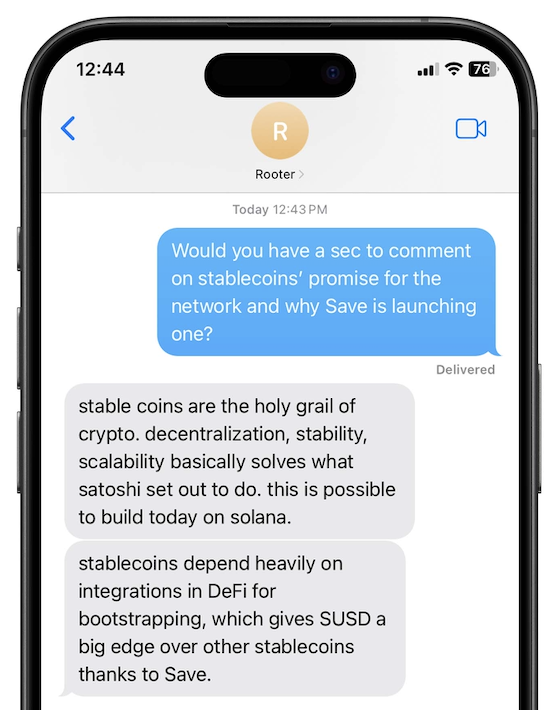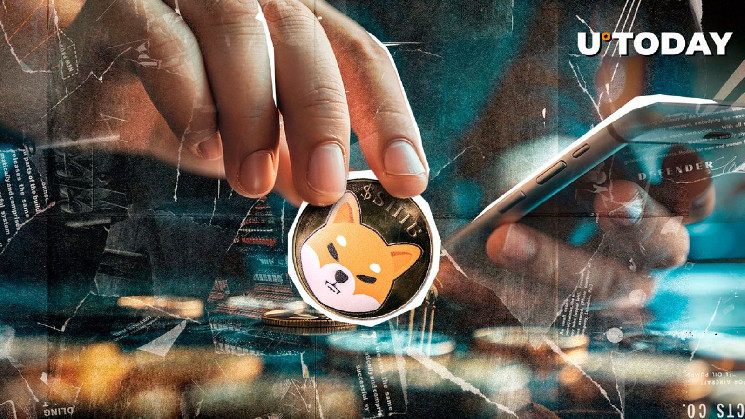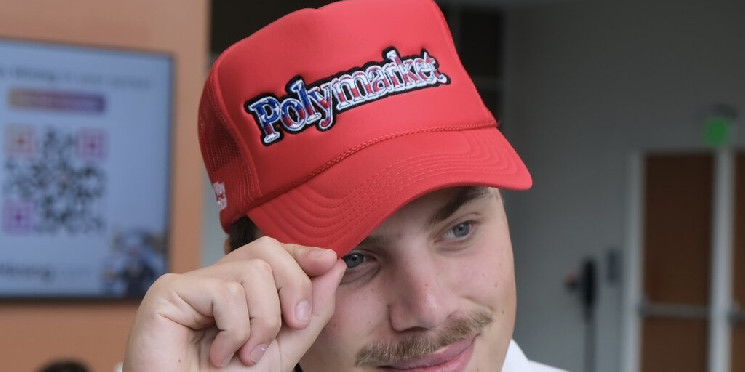Reviewing ORE V2, a proof-of-work currency on Solana
 blockworks.co 08 August 2024 18:38, UTC
blockworks.co 08 August 2024 18:38, UTC Today, enjoy the Lightspeed newsletter on Blockworks.co. Tomorrow, get the news delivered directly to your inbox. Subscribe to the Lightspeed newsletter.
Howdy!
I’m having a lot of fun mining ORE because it’s letting me pretend to be computer-savvy, which I’m definitely not.
I would have failed intro to Python in college had the professor not hopped on a Zoom call at 11 pm the night the final project was due to fix my code. He was pretty bad at teaching, but it was a stand-up move to make for some random sophomore, so credit where it’s due. Anyways:
ORE lets miners party like it’s 2014
Once upon a time, people could mine bitcoin on their laptops at home.
The orange coin was a much more niche online subculture, and it might have been difficult to safely turn that bitcoin into fiat, but it was possible. Somewhere over the past decade and a half that changed, and it now takes lots of technical expertise, overhead investment, and probably multiple warehouses full of ASICs to profitably mine bitcoin (and even then, there’s no guarantee that it will be worth keeping the rigs plugged in).
I was thinking about this as I opened up my MacBook’s terminal and punched in some code to begin mining ORE, an experimental proof-of-work-like currency running on Solana. ORE quickly became popular (perhaps a little too popular) for its Bitcoin-on-Solana pitch when it first launched in April, and it resumed mining on Monday following a months-long hiatus.
I created a wallet and began mining before realizing I’d lost the private key, so I had to create another wallet and start over (whoops). The interface counts down from a minute before creating an alphanumeric hash that’s rated with some number of mostly-random “difficulty.” The higher the difficulty, the bigger the slice you’ll take from the one ORE that’s mined every minute. Then, ORE will attempt to submit the transaction, which I’ve found can take a frustratingly long time to work unless your priority fee is super high.
I also mined some ORE on my phone and laptop through its integration with the wallet app Backpack. The app was initially pretty buggy, and there’s less customizability than the command line interface (CLI) option.
And yet, I actually think ORE is pretty fun.
By most accounts, consumer crypto applications that don’t involve just buying and selling coins are greatly lacking at the moment. The most popular recent instance has been Telegram mini-apps, many of which have users tap their screens over and over in hopes of one day making some money from an airdrop of TON tokens.
ORE lets people participate in a proof-of-work system on laptops or phones, and it was all simple enough for a technological dunce with a sociology degree to use. The difficulty of my hash changing every minute created something of a casino effect, and I’ve frequently switched tabs while writing this newsletter to check if I’d scored a meaty 15 or a measly four.
I should add a couple caveats. ORE is not a decentralized money ledger exactly like Bitcoin. The currency is proof-of-work insofar as the token is being paid for in computational work, but it’s paid for in SOL, and ORE inherits its security from the Solana blockchain, which is secured through proof-of-stake and proof-of-history. It’s kind of cosplaying at creating a second iteration of Bitcoin, which has a first-mover advantage that will be difficult to overcome.
Also, it’s currently pretty unprofitable to mine ORE, and unless you expect this thing to become a second Bitcoin, with similar price implications, that isn’t going to change for now. (For what it’s worth, Hardhat Chad told me he plans to build out more economic use cases for ORE through his company, Regolith Labs, in the future). New users might be turned off by spending SOL to mine less-and-less valuable ORE (the token’s price is down 75% on the week as the market absorbed its first new supply in months, according to CoinGecko). ORE has a staking mechanism to incentivize users to hold their tokens, but the incentive is currently too weak, Blockworks Research analyst Darren Mims told me.
“At this point in time it seems like it’s almost always more profitable to just dump,” he said.
Still, it doesn’t seem like I’m alone in enjoying the project so far. One X user posted themselves mining ORE while car camping in the backseat of a Tesla. I saw someone mine a 39 difficulty hash, which is more than triple my usual number, and I immediately got hash envy. Brian Long, whose Triton One RPC provider creates key infrastructure for connecting ORE to Solana, wrote that the project was “the most fun I’ve had on @solana in a very long time.”
With its current tokenomics and demand-side dynamics, ORE probably won’t be my path to generational wealth. But hey, it’s fun. And in a space that too often puts the profit motive cart in front of the enjoyable app horse, that’s definitely not nothing.
— Jack Kubinec
Zero In
As we wrote about last week, it was something of an open question as to how the Solana network would hold up once ORE mining resumed:

So far, seemingly, so good. Solana’s failed transaction rates remained mostly unchanged at around 35% this week as ORE picked back up mining. In April, as ORE v1 and a burgeoning interest in memecoins congested the Solana network, upwards of 70% of transactions were failing, according to Blockworks Research data.
Failed transactions, which happen for some reason like slippage tolerance being set too low, are different from dropped transactions, which are seemingly valid transactions that never make it into blocks. Dropped transactions are arguably worse on the user end, but their prevalence is harder to track.
Still, failed transactions use compute units, and if blocks are being filled up with failing spam transactions, that’s not a very efficient way to run things. So, I’d argue that if you see failed transaction rates going down, that’s a good thing.
— Jack Kubinec
The Pulse
If I had to say something nice about Solana, it would be: It’s good that the CIA knows how to take a joke. You know, like as part of the bit. As part of the deflection for their decades-long shadow campaign against the American public.
Oh, haven’t you heard? Solana has been a government psy-op this whole time. Well, at least according to some of the galaxy brains over on crypto Twitter, who appear to be earnestly claiming that Solana is run by the CIA. They point to supposed evidence like the involvement of prominent tech figures (oOoOo), early backing by American VCs (spooky!), and parallels to the CIA’s historical involvement in projects like CryptoAG (and Bitcoin. No, seriously. Go look at the events leading up to Satoshi’s final post. Do it now. Why don’t you ask him about “the hornet’s nest”. OH WAIT YOU CAN’T BECAUSE HE IMMEDIATELY DISAPPEARED FOREVER. Objection your honor, overruled, sustained! The defense rests. Executive Producer: Dick Wolf.)
Despite an increasing abundance of wild claims, the Solana community appears to have an uncanny ability to transmute any and all slights into jests. Terms like “SQLana” and “CIAlana” are quickly adopted and memeified, stripping them of their intended negativity. @therealchaseeb remarked, “One of the best parts of Solana culture is the instant memeification of any silly name-calling attack. Solana is legit the fun chain.”
Instead of causing panic, these comments inspire creativity, leading to a slew of memes and inside jokes. As @SolBeachBum noted, “The three dragons meme got made into hoodies and Toly dressed up.” Proof of dragon: here.
At the end of the day, who’s to say whether Solana is yet another in a long line of predatory conspiracies against the illusory freedoms of man. You have to admit though. ‘MKUltra Sound Money’ does have a great ring to it.
— Jeffrey Albus
One Good DM
A message from Rooter, founder of Save:





